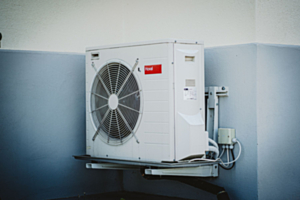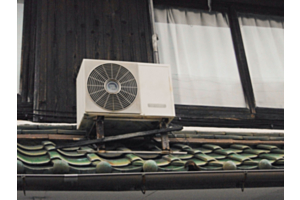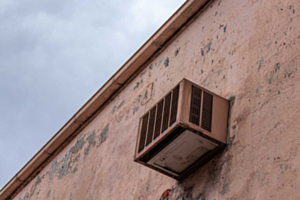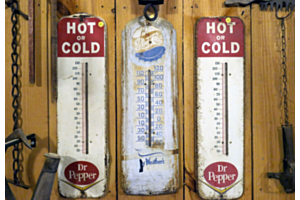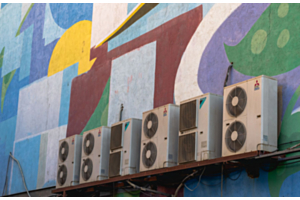Buyer's Checklist- What to Know Before Purchasing a Mini Split AC

You’ve spent months weighing your options and have decided a ductless mini split system is the right solution for you. You’ve even selected several brands you like.
As you’re on the cusp of a life-changing decision (in the best way possible), we put together this checklist so you can make a purchase you’re pleased with.
Here’s how to choose a mini split.
Zones
The first consideration is zones. A zone does not necessarily constitute the rooms in a building but is instead the parts of your home or commercial building that get colder or hotter than other spaces.
These zones can include above-ground and below-ground rooms like a basement or attic, a drafty room with old windows, or an upstairs bedroom that lacks ventilation.
The more square footage, the greater the number of zones in many cases. Single-zone units cover only one zone, but if you need a multi-zone mini split, you can select between three and eight zones.
Placement Options
The next consideration is where the indoor unit will go. The indoor unit is much smaller than a furnace, central air conditioner, or window AC, affording you more versatility in its placement.
You might opt for a streamlined cassette indoor unit installed near the ceiling. You can go for a mid-wall installation in a standard location. Floor-mounted units are on the ground.
SEER
All ductless mini splits have a Seasonal Energy Efficiency Ratio or SEER, which refers to the mini split’s performance over a cooling season. A SEER that exceeds 20 is more commonplace in today’s class of mini splits, as anything below that will fail to keep your home comfortable during the warmest months.
BTUs
British thermal units or BTUs are the output a mini split generates. However, that doesn’t necessarily mean your home or commercial building needs a high-BTU unit.
The output of a mini split should be about commensurate with square footage. If you buy a unit with too much output, you’ll waste money on your electricity bills and often end up very cold, as the AC will work too well.
If you err too much on the conservative side, your mini split will produce too little output, leaving you sweating whenever the mercury rises. Your mini split AC will struggle to keep up!
Manufacturer
Mini split manufacturers run the gamut today, but you can trust brands like Innovair, Mitsubishi, Blueridge, Daikin, LG, and MrCool. These brands have long-standing legacies of excellence.
Cost
The last consideration for a ductless mini split system is its price. The national average cost of a ductless mini split is $3,000. However, you might end up spending more money than that if you have a unique configuration or specialty heating and cooling needs.
Opting for a cheap mini split is not the smartest idea. The unit could require more frequent repairs and even break on you when you need it most, such as in the middle of a red-hot summer.


